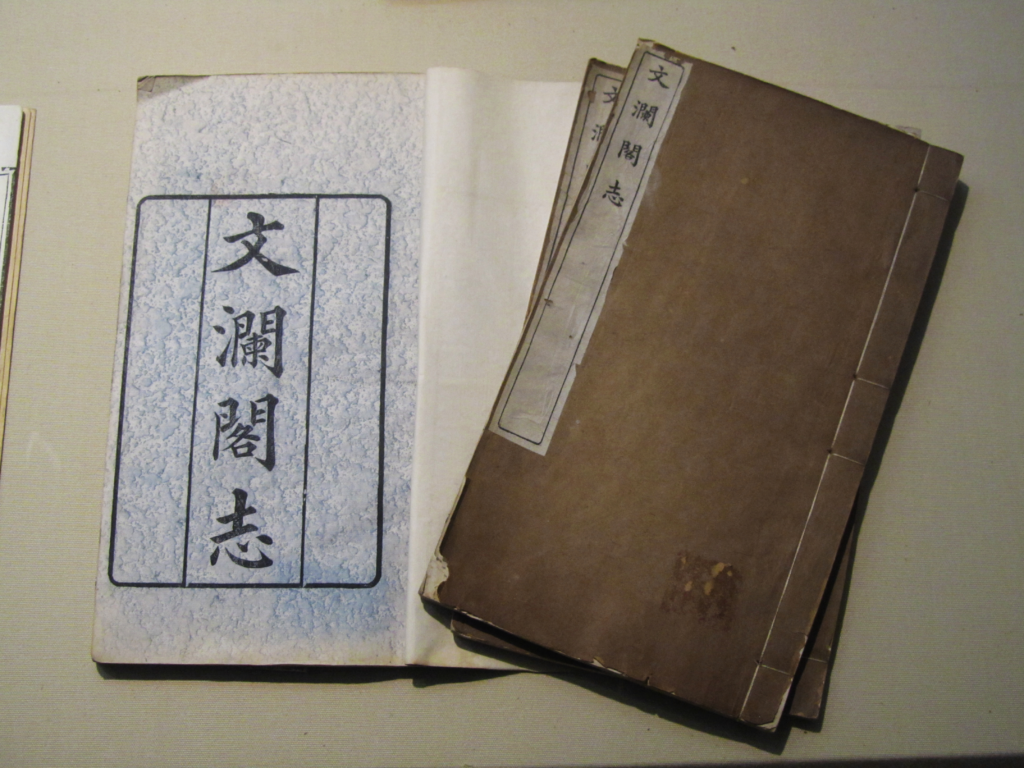Today, I will take a closer look at Japanese stab binding, an ancient technique for side stitch binding. The stab binding represents the last stage in the history of traditional East Asian bookbinding, which was predominant in the 14th to 17th centuries. Although it is now commonly referred to as Japanese stab binding, this technique was also widespread in China and Korea. Unlike traditional bindings which run along the spine, this method secures the book’s pages by passing the bindings through the front and back covers. The method was widely used during Japan’s Edo Period (1600-1868) and served as the primary commercial binding until the 1890s when it was gradually replaced by Western-style hardcover binding. Due to the right-to-left reading style of Japanese writing, these books were designed to be read in that manner.

The popularity of Japanese Stab Binding can be attributed to its efficient utilization of the available resources during the Edo Period. At that time, Edo (now Tokyo) had become a bustling economic center with a population exceeding one million people. Previously, paper was a scarce and valuable resource, affordable only to the elite class, making book production expensive. However, with the economic prosperity in Edo, paper became more accessible, leading to an increase in literacy and the demand for books. Japanese Stab Binding emerged as the preferred binding method due to its cost-effectiveness, ease of handling compared to scrolls, and its durability.
Books created using this technique consisted of four essential components: covers, text block, internal binding, and external binding. The covers were flexible and easy to bend, composed of layered paper with a recycled core surrounded by higher-quality outer layers. Decorations on the covers were typically subtle and light, often featuring delicate patterns or a design known as clover brush line, which involved hand-painted lines or lattice patterns. Initially, covers were predominantly monochromatic, commonly brown or blue, but as book production expanded, a wider range of colors emerged. Popular fiction books even incorporated multicolored printed images on their covers to appeal to the growing number of literate individuals.
An important element of the cover was the title slip or title strip, a vertical rectangle affixed to the top left corner of the front cover, providing biographical information about the book. The title slip typically occupied around 70% of the book’s height and 20% of its width.

The text block in this binding method consisted of individual sheets of fine, semi-translucent paper that were folded in half. This allowed for single-sided printing, simplifying the printing process. The fold of these pages was oriented towards the fore-edge of the book, opposite the spine. The pages contained text and images enclosed within frames. Historically, woodblock printing was predominantly used for printing the pages, despite the introduction of movable type to Japan in the late 16th century. Woodblock printing offered the advantage of utilizing the same processes and skills for creating both images and text.
Part of the binding’s durability stems from the internal binding, which remains hidden once the book is fully assembled but serves to hold the text block together. Traditionally, a twisted piece of paper is threaded through two pairs of holes punched through the text block and tied at the back.
The final binding is accomplished by threading string through holes and looping it around the spine. While the most simple pattern consists of just four holes, this technique allows for many different binding patterns, ranging from simple to intricate and usually reflecting the origin country’s culture.
Sources:
Faux, Kristen, “Explorations in Book Binding Techniques” (2020). Williams Honors College, Honors Research Projects. 1114.